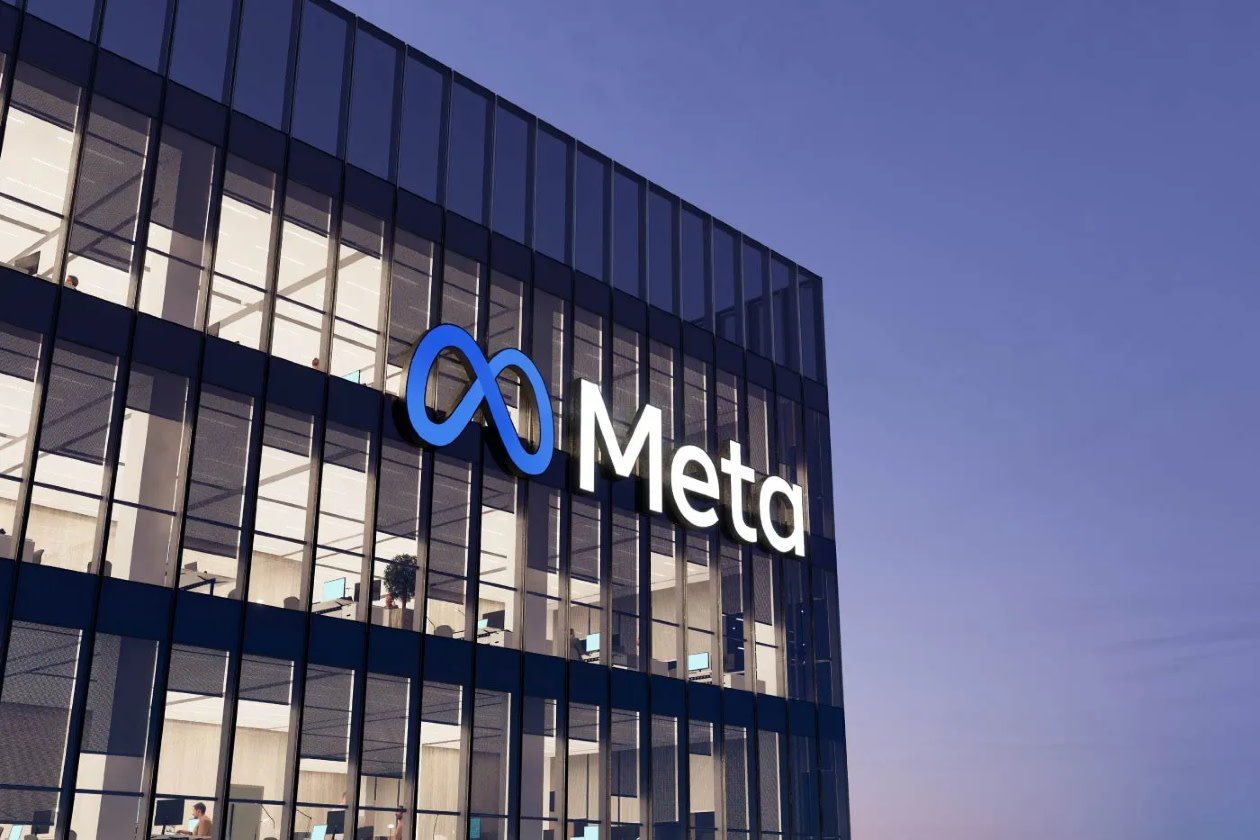Meta reported second-quarter revenue of $47.5bn ($44.9bn expected), up 22% when ignoring currency moves.
The number of people using at least one of Meta’s apps on a daily basis rose 6% to 3.48bn. Ad impressions rose 11%, while average price per ad rose 9%.
Operating income was up 38% to $20.4bn, and margins rose from 38% to 43%.
Free cash flow fell 22% to $8.5bn, largely due to a doubling of capital expenditure to $17.0bn as AI investment ramps up. Net debt, including leases, was $2.5bn.
Third-quarter revenue is expected in the range of $47.5-50.5bn, full-year capex guidance has been narrowed to $66-72bn, and full-year total expenses are expected at $114-118bn. Further capex growth is anticipated in 2026 to support AI efforts.
The shares rose 11.5% in after-hours trading.
Our view
Pick your metric and Meta crushed it over the second quarter, from ad revenue growth to daily users, all the way down to the profit lines. These results should be marked as an inflection point, where it’s no longer a question of if AI will drive higher returns, but by how much.
Advertising is Meta’s core business, with consumer touchpoints across its array of services from Facebook and Instagram to newer entrants like Threads. What’s impressive is that despite a massive c.3.5bn people using one of these services every day, that number is still growing at around 6% a year.
For advertisers, that’s a treasure trove of potential customers, and AI is only making it more appealing. Consumers are getting a better product, advertisers are seeing more bang for their buck, and Meta’s been able to charge more as a result.
Question marks around the impact of tariffs on the ad market have gone away for now. There was chatter around a pullback on ad spend in the US from overseas companies, but those trends seem to have eased. It’s perhaps a little too early to call an end to this potential headwind, though, so it's one to monitor.
The other side of Meta’s story is the monumental investment in building next-generation products and services using AI. Despite being on track to spend an additional $30bn this year, that’s expected to repeat again in 2026, which would take Meta’s total capex in 2026 up to a mammoth c.$100bn.
It’s not just the infrastructure, though. Meta has also been on a hiring rampage to snap up the best AI minds to run what it aptly calls its Superintelligence lab. This is where the language models and new hardware products like wearables will come to life - it’s a high-risk, high-reward type of play that Mark Zuckerberg is well-renowned for making.
Meta can afford all that investment because of its mammoth cash flows. There will be a hit to both the profit line and cash flow numbers as we start to move into 2026, that’s a necessary step to take, but it could mean some wobbles next year.
We see Meta as well placed to drive AI-related growth and continue its dominance in the ad and social networking world. The valuation has run up in recent months as investors have gained more confidence in the AI narrative. That somewhat limits near-term upside in our view, but we remain supportive of the longer-term potential.
Environmental, social and governance (ESG) risk
The technology sector is generally medium/low risk in terms of ESG, though some segments are more exposed, like Electronic Components (environmental risks) and data monetisers (social risks). Business ethics tend to be a material risk within the tech sector, ranging from anti-competitive practices to intellectual property rights. Other key risks include labour relations, data privacy, product governance and resource use.
According to Sustainalytics, Meta’s overall management of material ESG issues is average.
Meta's structure limits the power of minority shareholders in company decisions. While the company’s privacy committee oversees its compliance with a significant 2019 settlement, Meta still faces ongoing lawsuits and fines for privacy issues, pointing to management gaps.
We would specifically flag a recent EU decision that certain pricing models are not compliant with regulations and, while Meta is appealing, modifications to comply could impact the user experience in Europe.
Meta key facts
All ratios are sourced from LSEG Datastream, based on previous day’s closing values. Please remember yields are variable and not a reliable indicator of future income. Keep in mind key figures shouldn’t be looked at on their own – it’s important to understand the big picture.
This article is not advice or a recommendation to buy, sell or hold any investment.No view is given on the present or future value or price of any investment, and investors should form their own view on any proposed investment.This article has not been prepared in accordance with legal requirements designed to promote the independence of investment research and is considered a marketing communication.Non - independent research is not subject to FCA rules prohibiting dealing ahead of research, however HL has put controls in place(including dealing restrictions, physical and information barriers) to manage potential conflicts of interest presented by such dealing.Please see our full non - independent research disclosure for more information.


